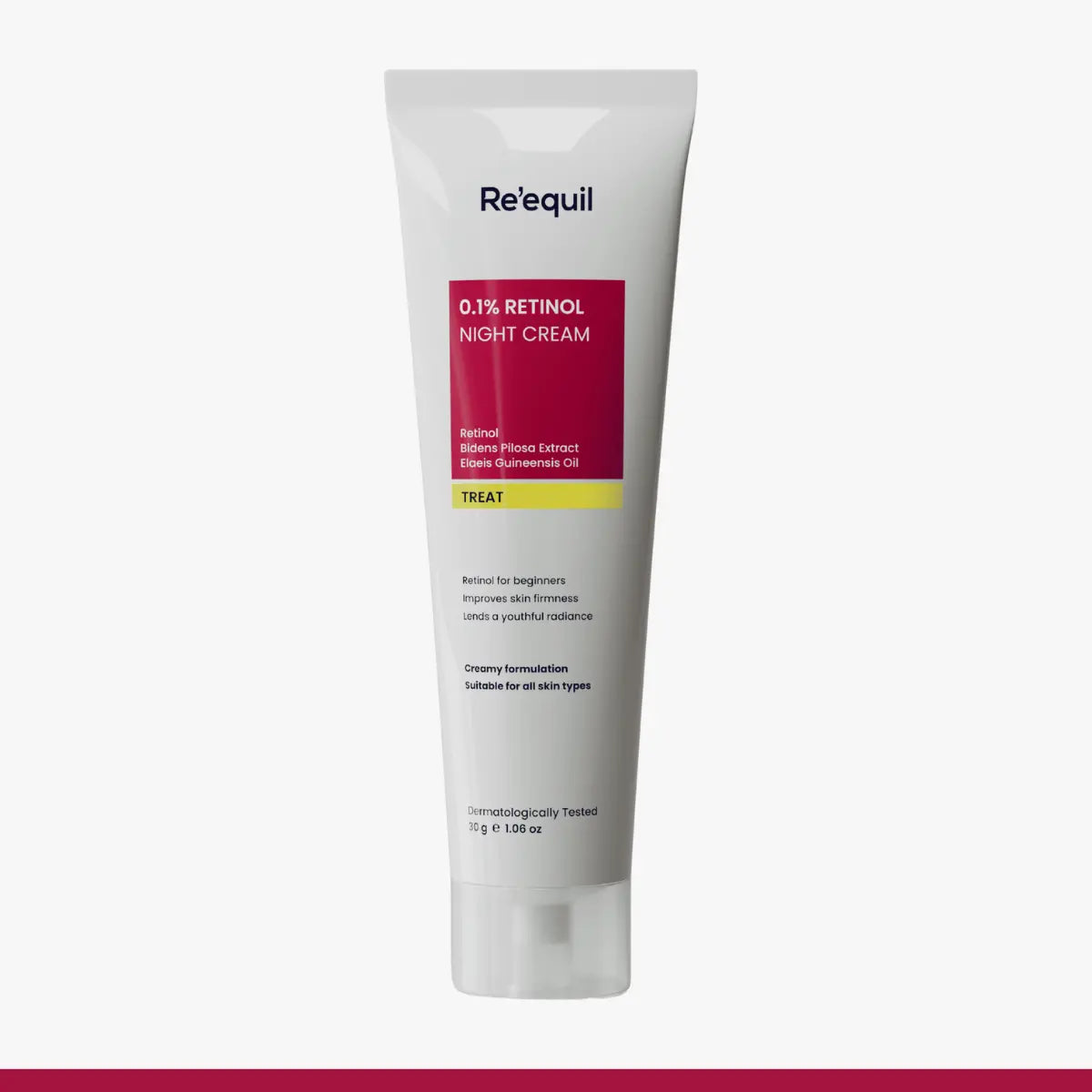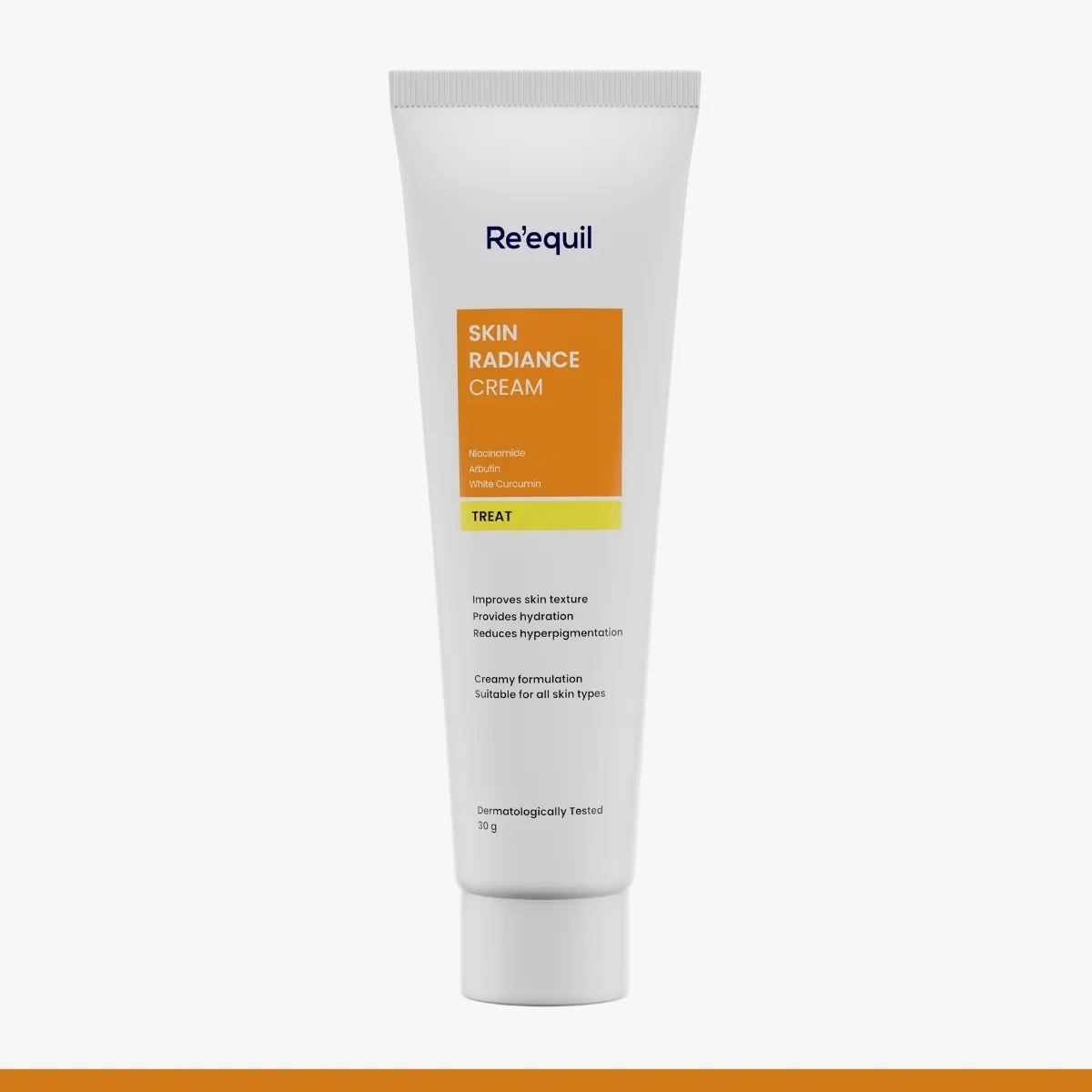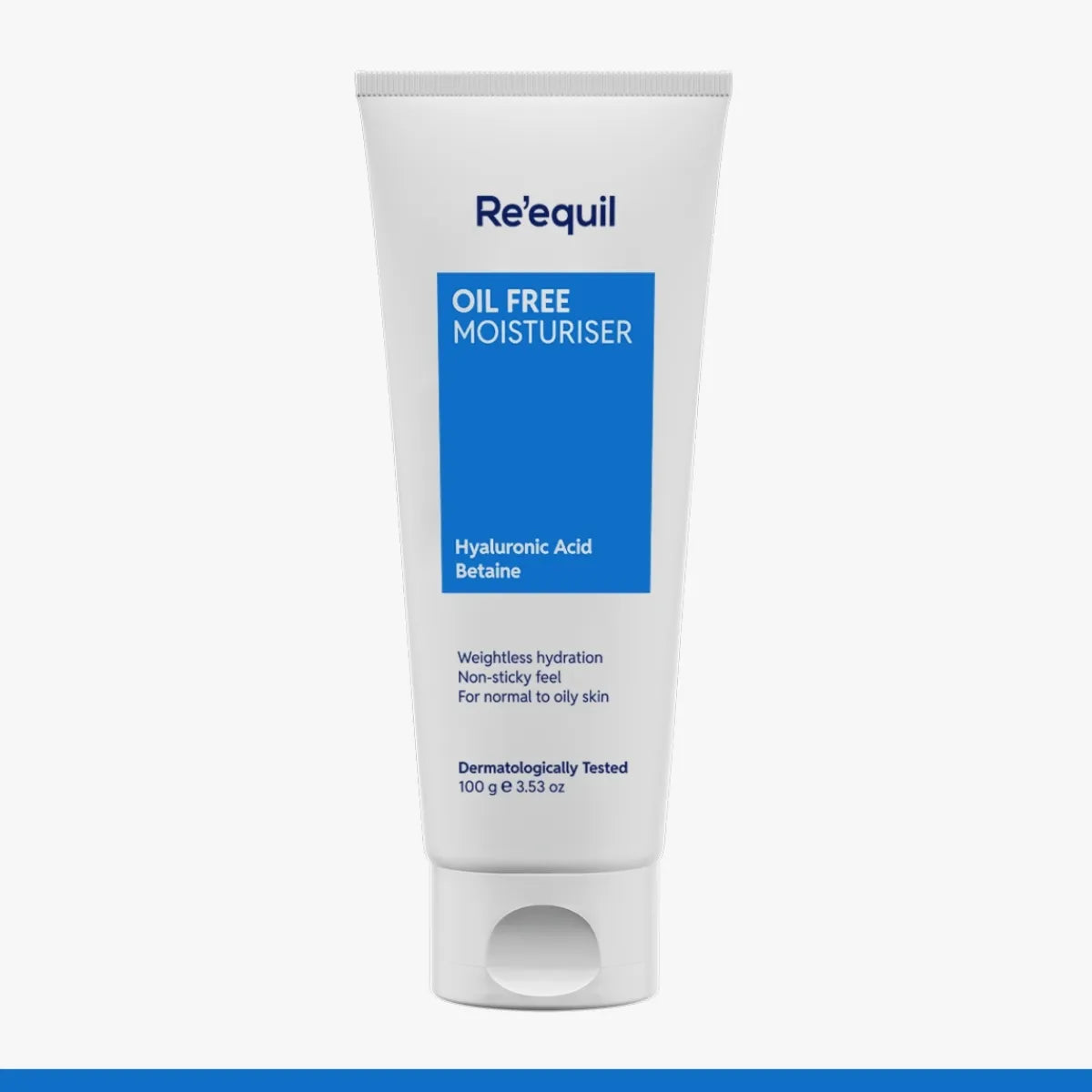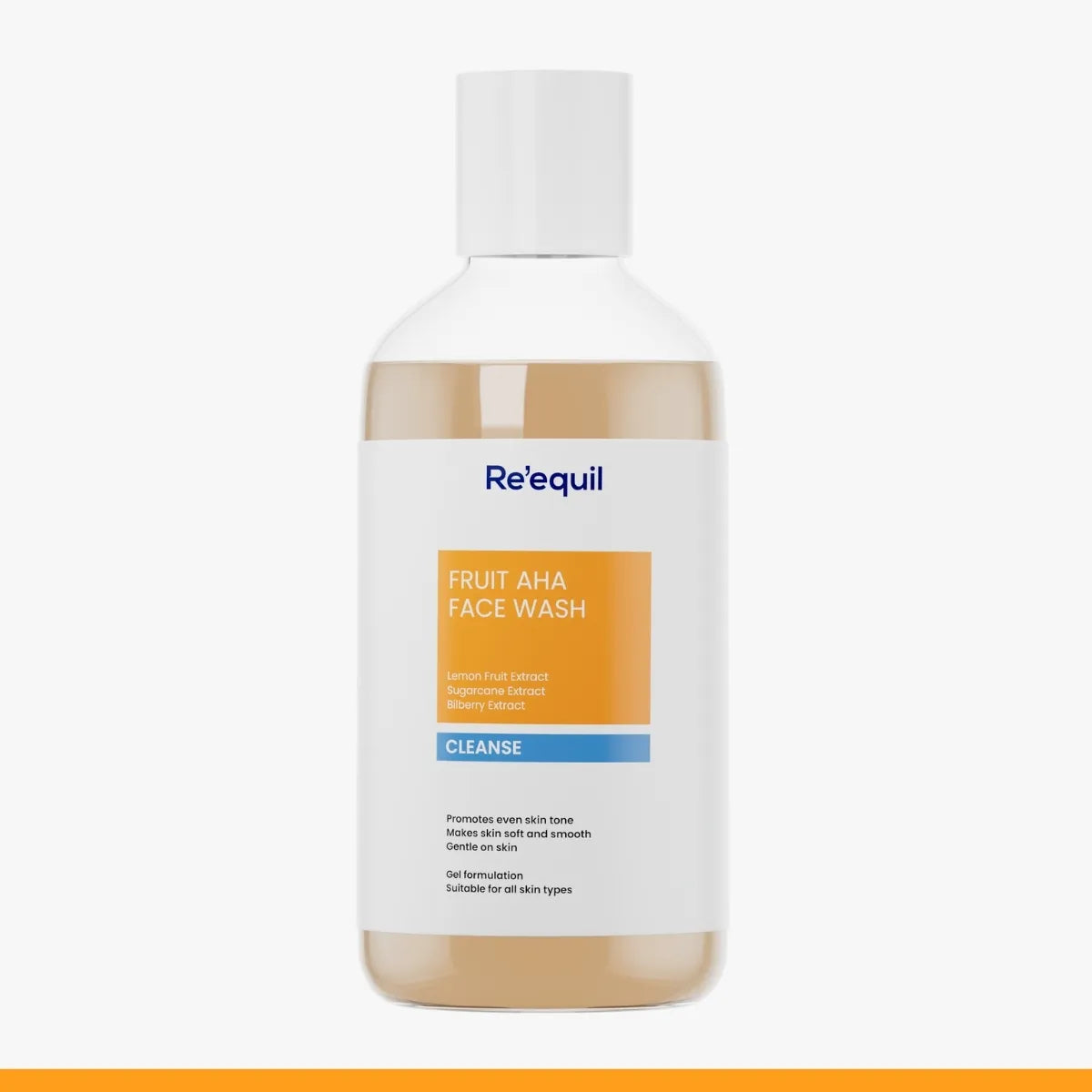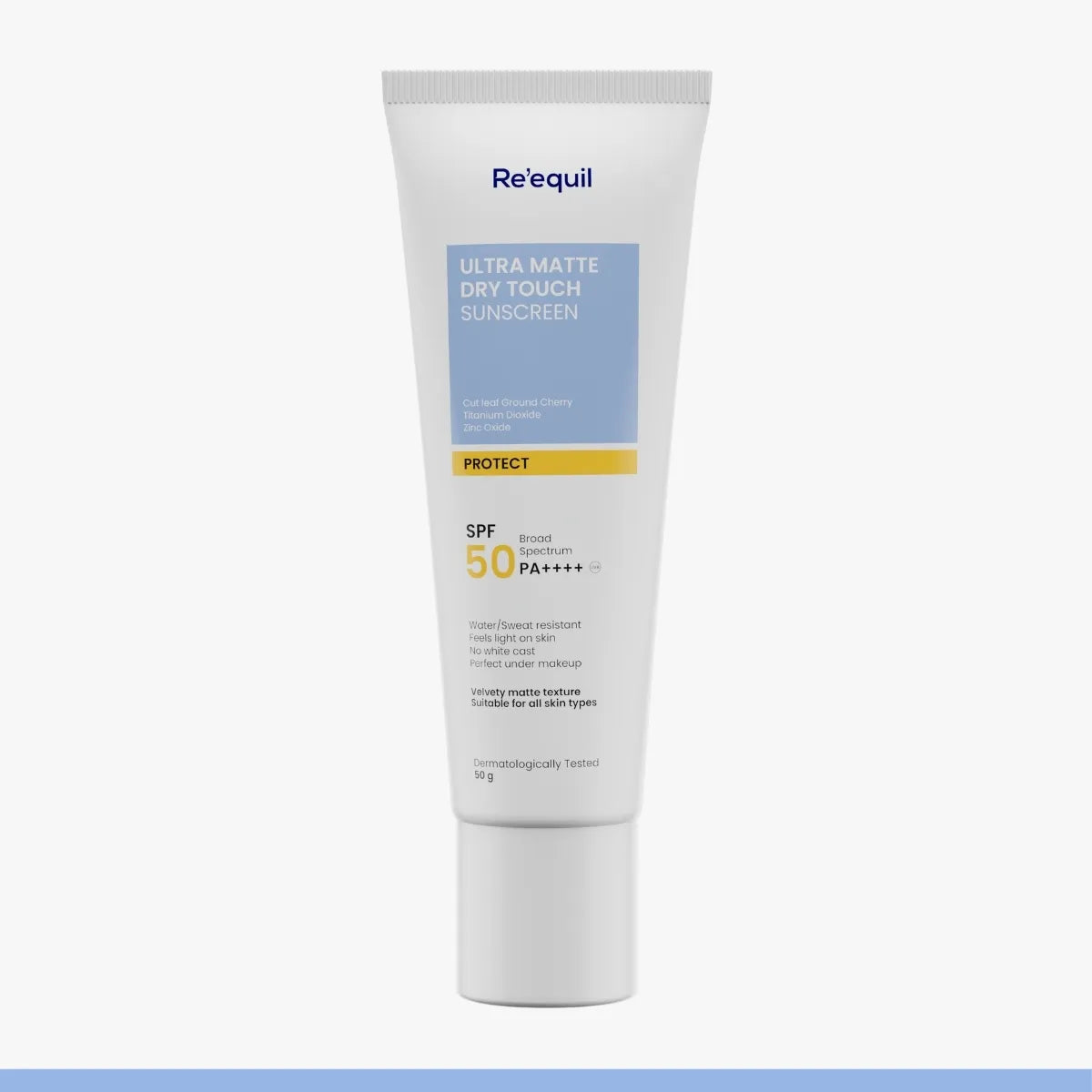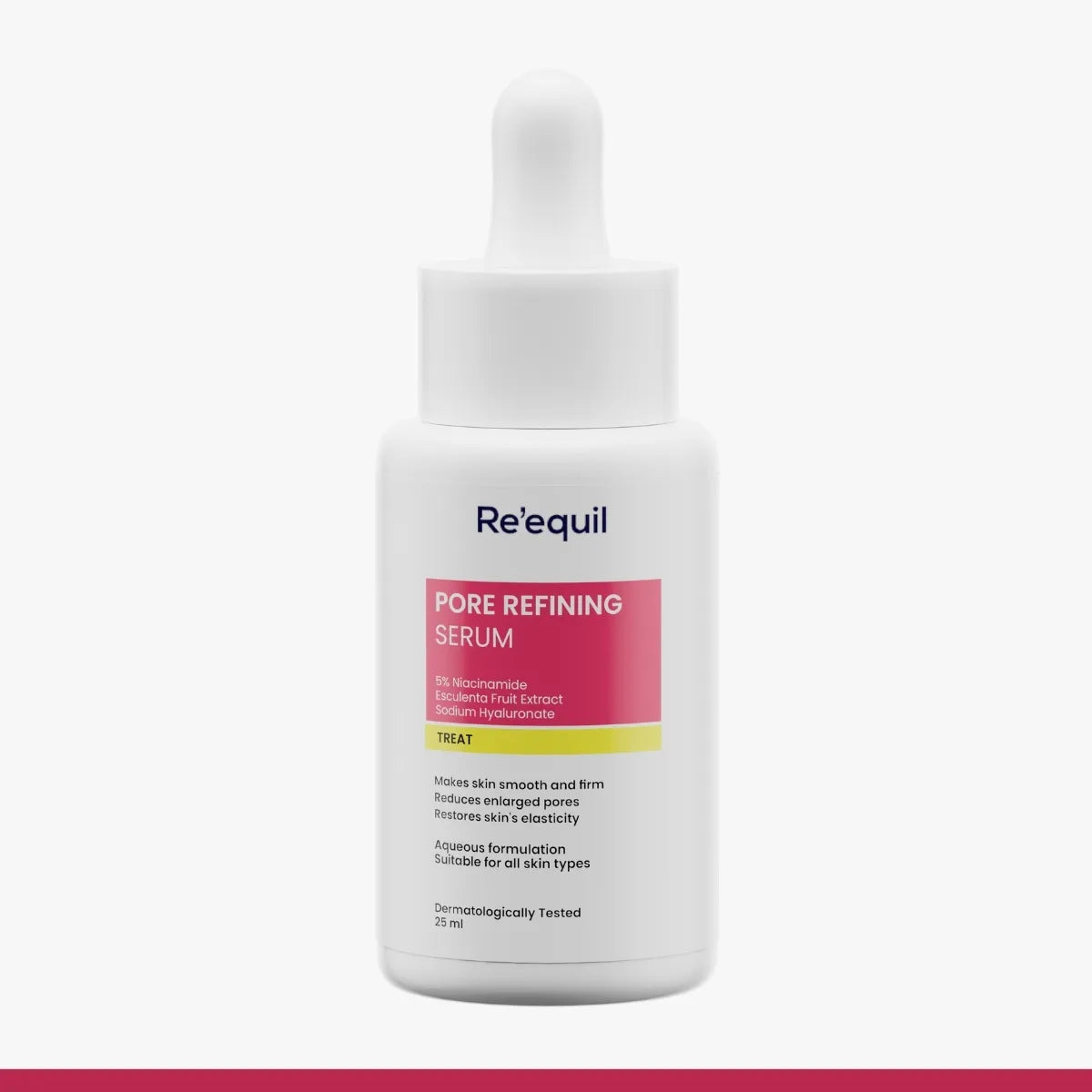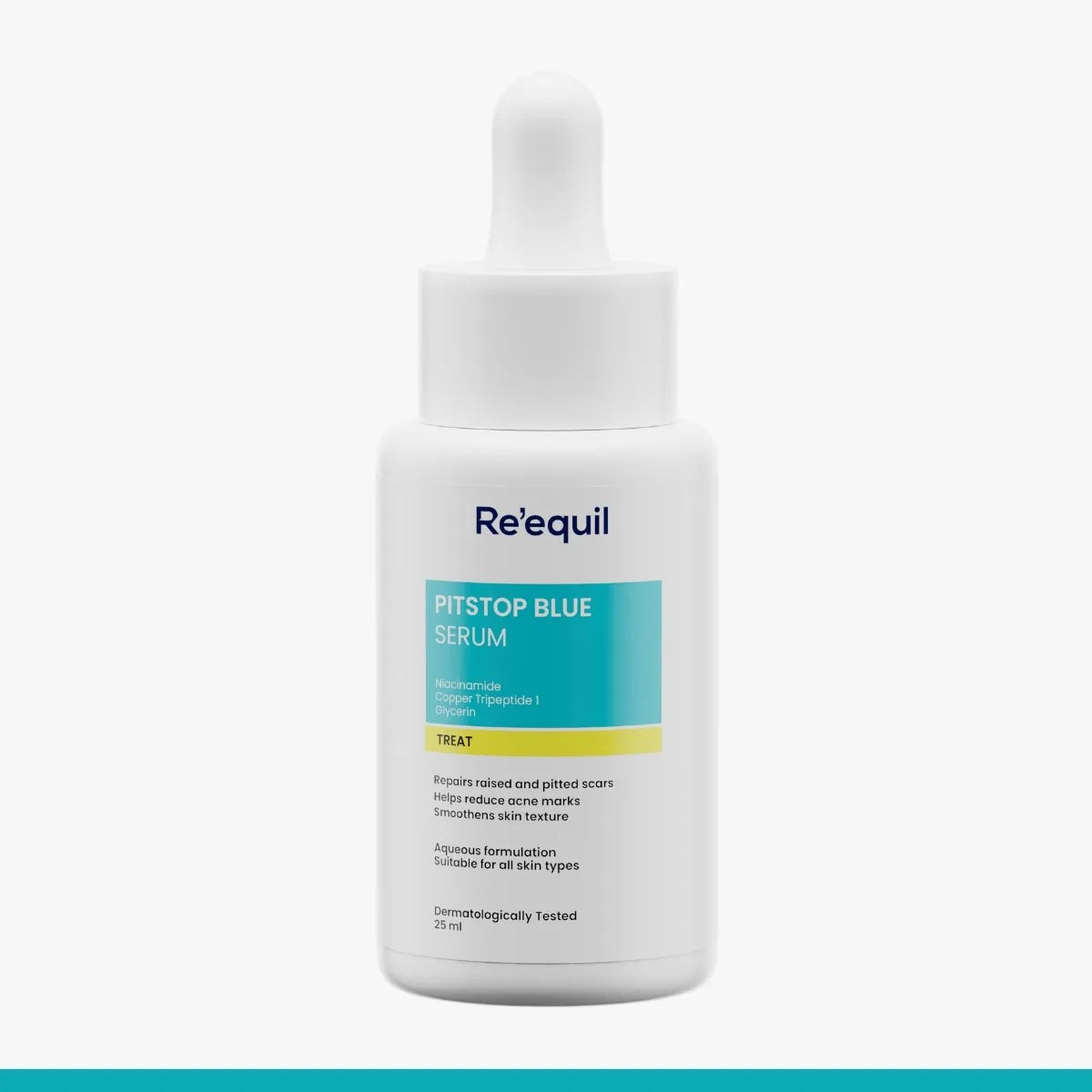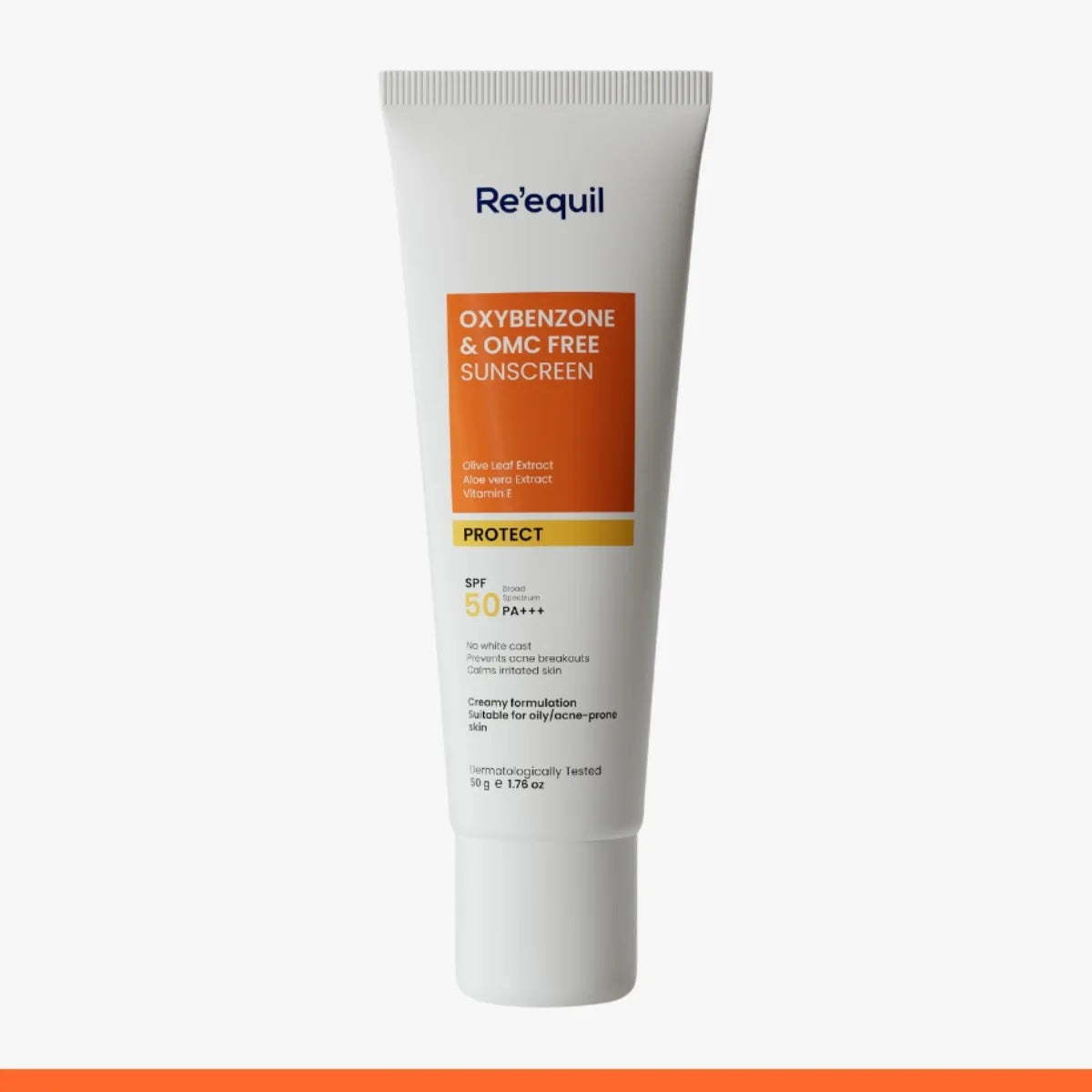If you have your head in the skin care game, you must have heard about Vitamin C and Niacinamide.
Both are well-known for improving skin texture, combating signs of ageing, and skin tightening (surely earned their place in skin care routines).
But,
Can you use Vitamin C and Niacinamide together in your skin care routine?
Contrary to some beliefs (Myths!), you can definitely use them together.
In fact, you will be surprised to know how this combination works on your skin—and how it reduces melanogenesis (not as scary as it sounds, will get to it).
In this post, we will give you a whole lot of science-backed information that proves the effectiveness of Vitamin C and Niacinamide as a combination. Plus, a guide on how to layer them together in your skin care routine.
What Vitamin C does to your skin?
Vitamin C is an antioxidant whose primary function is to create an additional barrier on your skin against environmental damage (such as photodamage and UV radiation).
Your skin has two layers, epidermis (the outer layer or stratum corneum) and dermis (inner layer).
The dermis depends on Vitamin C for collagen production—which keeps your skin from sagging—giving you a youthful look.
Moreover, Vitamin C fights against free radicals (an uncharged molecule that damages your skin, causes premature ageing and increases oxidative stress).
Here are some benefits of topical Vitamin C -

- Fights signs of ageing. A study says that using a vitamin C formula for at least three months reduces fine lines and wrinkles on the face and neck.
- Reduces dark spots and improves skin’s overall texture. A clinical study says the topical application of Vitamin C reduces hyperpigmentation and dark spots.
- Treats acne and prevents future breakouts. A 2010 study says that because Vitamin C has anti-inflammatory properties, it helps control sebum production in your skin. As a result, Vitamin C reduces acne lesions, preventing future breakouts. The study also says that the effectiveness of Vitamin C can be increased if applied twice daily.
What does Niacinamide do to your skin?
Does Niacinamide penetrate your skin?
Does it have an established chemical mechanism?
Is it science-backed and has enough evidence?
The answer to all these questions is yes. These 3 standards are called the Kligman Standard. Among all the skincare ingredients out there, Niacinamide most closely upholds this standard.
Niacinamide is a water-soluble form of vitamin B3, which is present in various food sources like meat, fish, and dairy products.
Due to its intrinsic properties, Niacinamide reduces oxidative stress and free radicals. It also enhances the antioxidant capacity of your skin cells, which can help you fight early signs of ageing (wrinkles, fine lines, etc)
A 2022 study says that
“Niacinamide is a beneficial cosmetic ingredient that improves skin’s overall health and texture without any severe side effects.”
Here are some benefits of topical Niacinamide -

- Acts as an additional barrier. Niacinamide saves your skin from environmental damage or side effects caused by other potent skincare ingredients such as Retinol.
- Reduces fine lines and wrinkles. Niacinamide boosts collagen and protein production in your skin. As a result, it helps in slowing the ageing process.
- Reduces hyperpigmentation. Due to its intrinsic properties, Niacinamide can help fade hyperpigmentation on the skin. The clinical trials are quite evident that Niacinamide does improve skin’s overall texture.
What happens when you use Vitamin C and Niacinamide together?
Layering vitamin C with niacinamide can effectively reduce oxidative stress (the primary cause of skin wrinkling) and free radicals (the primary cause of premature ageing).
Moreover, a 2022 study states that using this combination can help reduce melanogenesis.
Melanogenesis: A process where epidermal units produce and distribute melanin.
Overproduction of melanin can lead to hyperpigmentation on the skin.
Here are some major benefits of using niacinamide and vitamin C together -
- Reduces inflammation
- Clears dark spots
- Skin brightening
- Treats acne
- Reduces hyperpigmentation
- Helps with redness on the face
How to use Vitamin C and Niacinamide together in your skin care routine?
Apply Vitamin C first and then Niacinamide.
Why?
Vitamin C mostly comes in unstable forms. Thus, it does not reach your dermis as easily as Niacinamide does.
So what you can do is, apply Vitamin C and let it rest for a minute so that the ascorbic acid settles into your skin. Then, apply the Niacinamide-containing product.
Here is a step-by-step guide that you can follow -
- Cleanse. Use a gentle face wash to clean your face.
- Application. Apply vitamin C-containing products to your entire face. Wait for a minute and apply niacinamide.
- Follow up. Apply a hydrating moisturiser. If you are implementing this in your AM routine, make sure to apply a broad-spectrum sunscreen.
